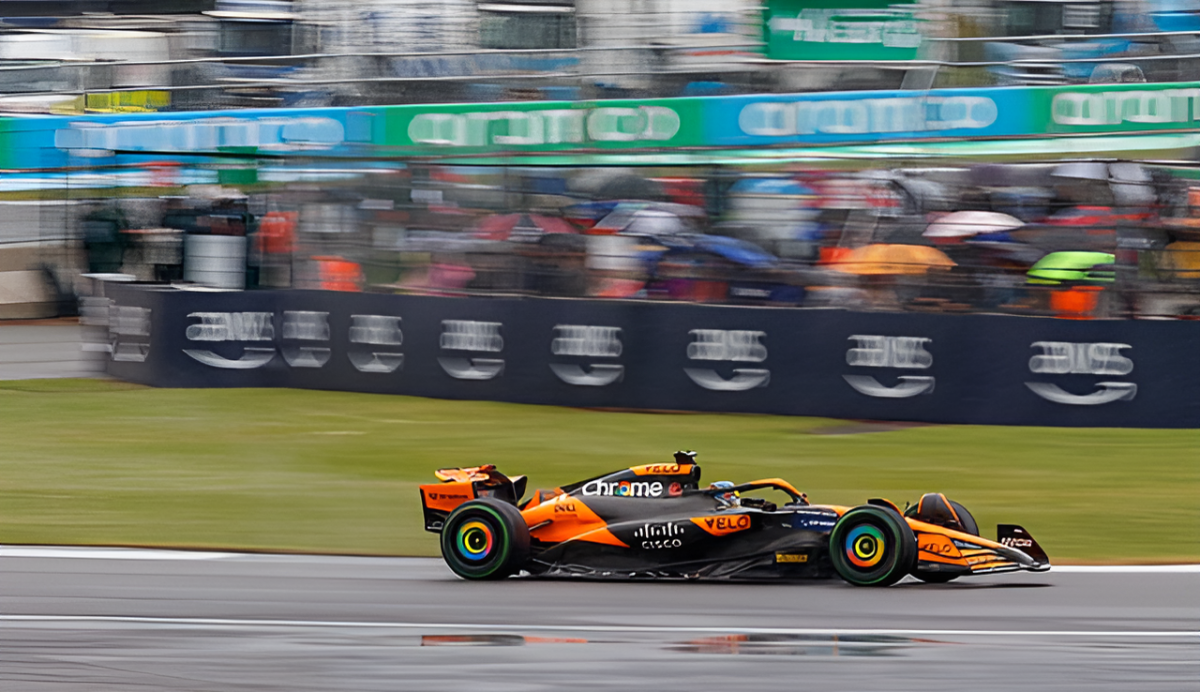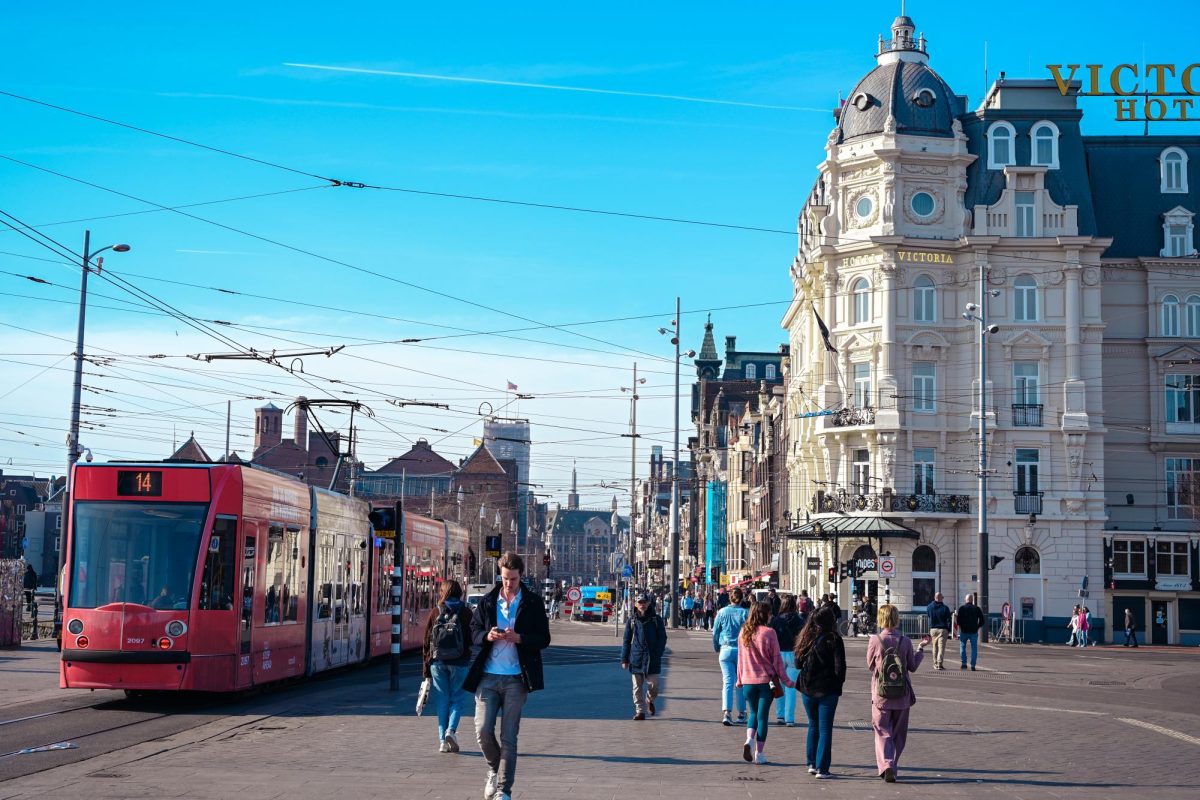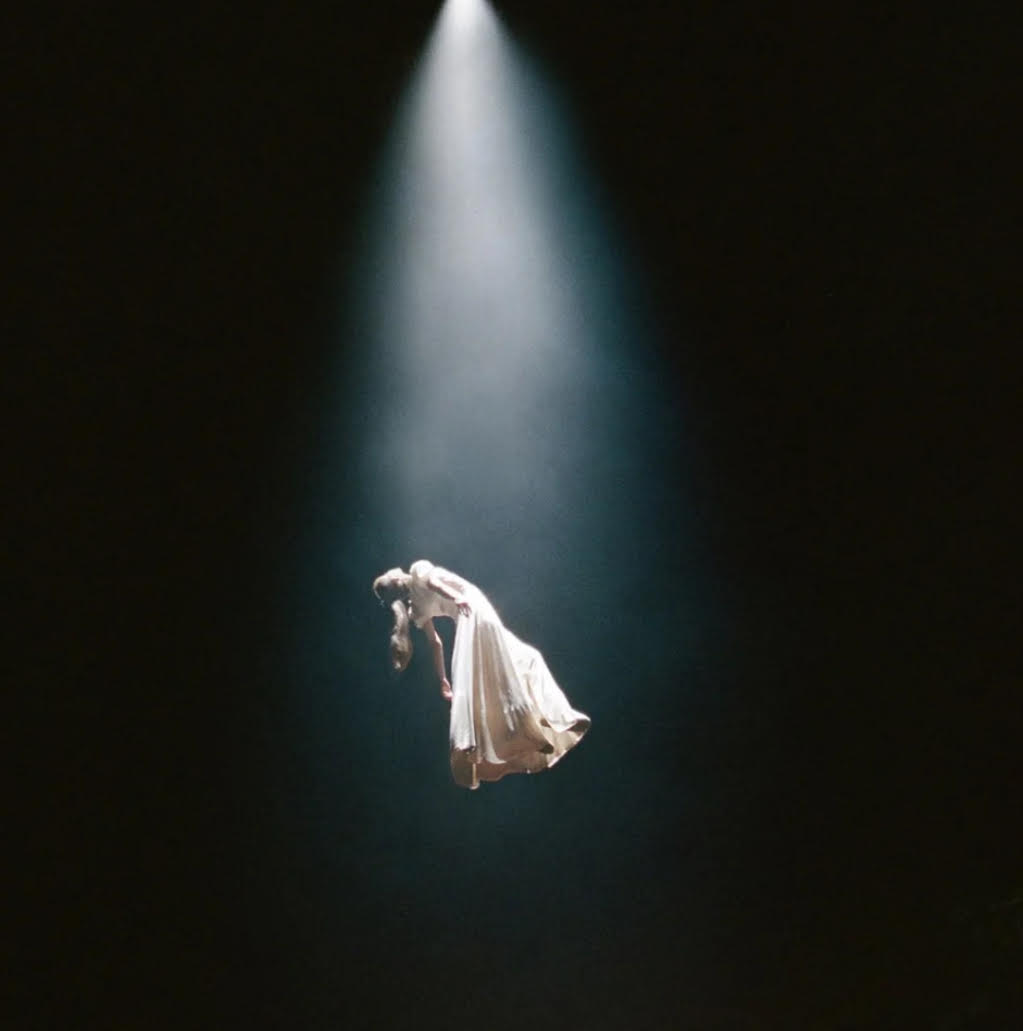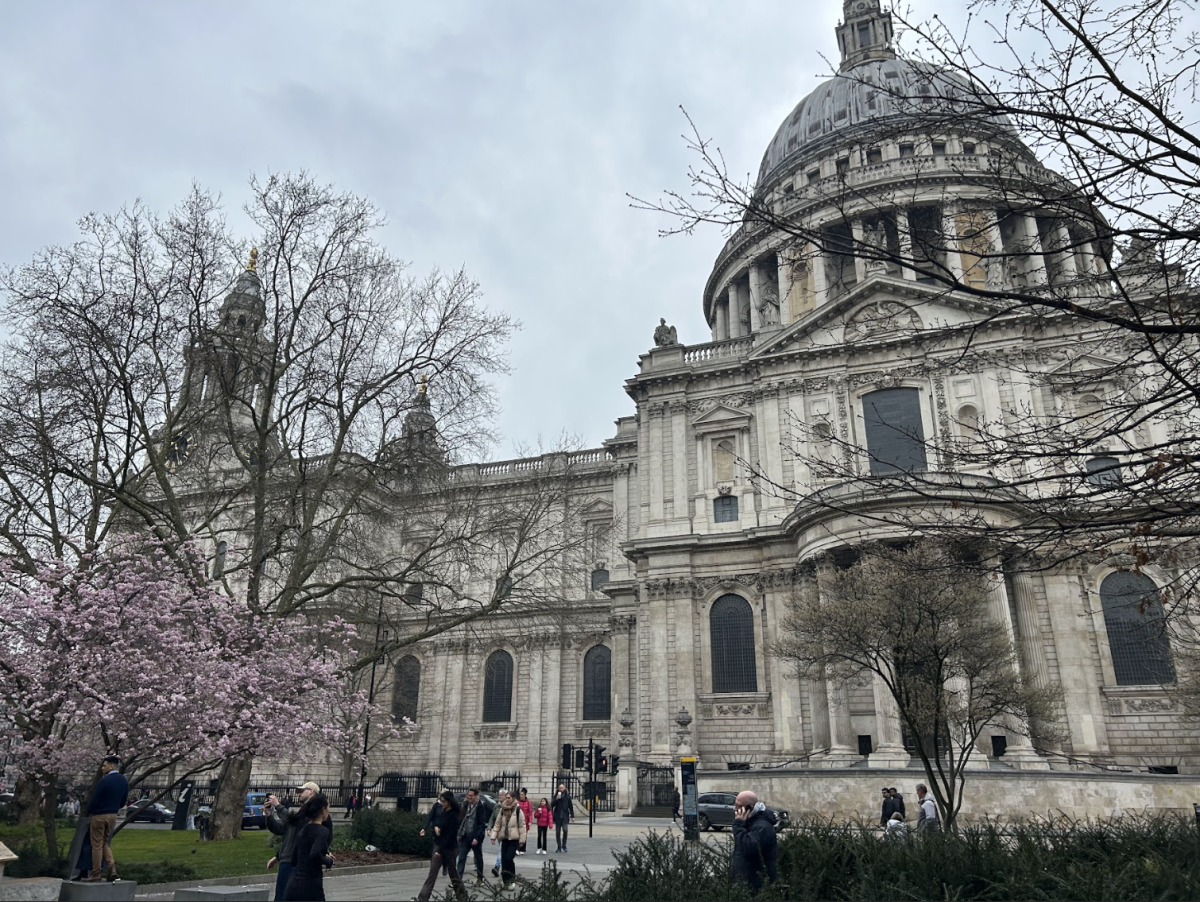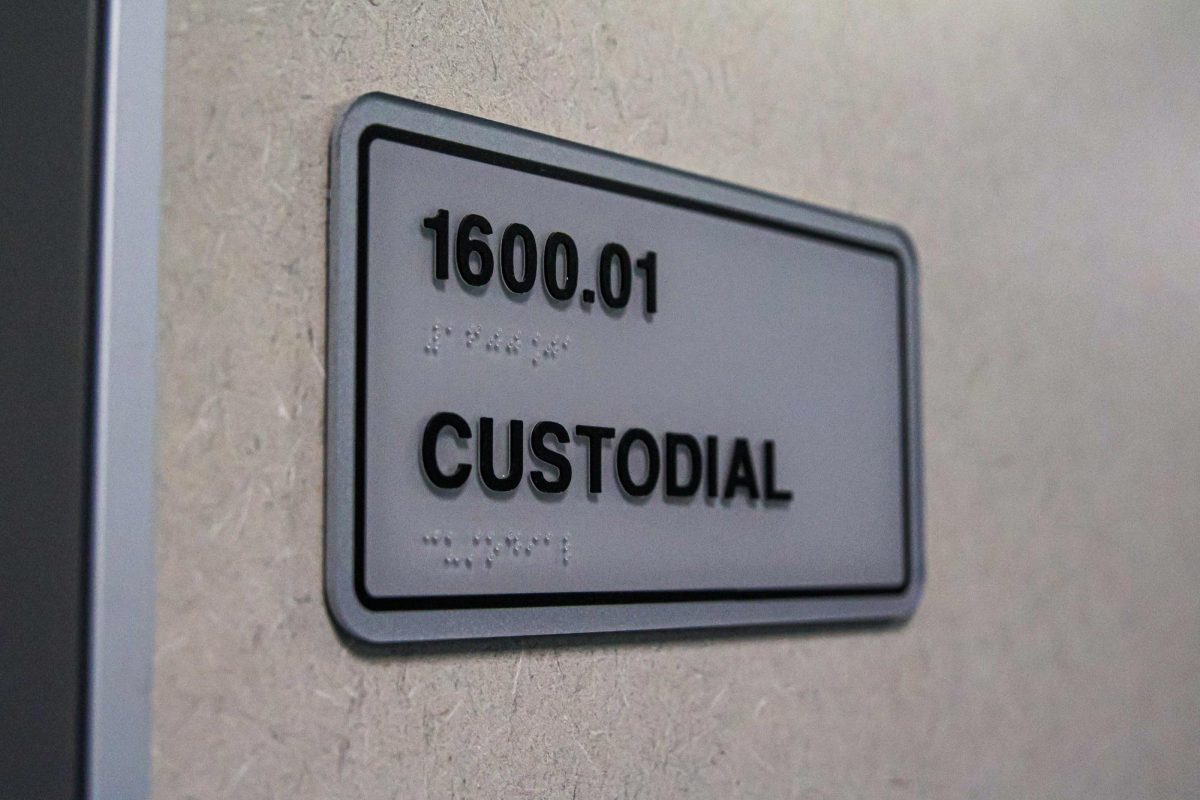The word “Songkran” comes from the Sanskrit word “saṃkrānti”, meaning “astrological passage”. It is believed that during the first millennium CE, Songkran was culturally diffused from South Asia into Southeast Asia by Theravada Buddhist monks. Each region of Thailand has their own traditional ways to celebrate Songkran, though the water fights are nationwide. The most popular Songkran spots in Thailand are the big cities: Bangkok, Chiang Mai, and Phuket. Also called Thai, Laotian, Cambodian (T.L.C.) New Year, the holiday celebrated through April 13-15, as it aligns with the solar calendar; these are the days that the sun passes over into the Aries constellation, marking the start of the new year.
There are many traditions associated with Thai Songkran, all of which have connotations of the idea of rebirth. Many people clean their homes, have family reunions where the elders will bless the children, and go to a temple where they hold festivals. At the one that I go to, (Wat Buddhananachat of Austin), the festival is a bit smaller than those of the bigger temples, but it’s a beautiful example of a continued connection and community of Thai people. Upon arrival, we always take off our shoes and pray before the monk, after which he will typically tie a string around the left wrist called “Sai Sin”, which is essentially a blessing of good luck and protection. After this, the kids will typically go off and play while the adults go socialize and buy food from the stands. Most of the money collected is donated to the temple for upkeep and to care for the monks, as they do not work. There is always an assortment of Thai foods and desserts, everything from mango sticky rice to fried pork belly. This is some of the best Thai food in Austin that I know of. Before we leave, we make sure add to the sand stupa (the big sand mound with flags in it, a traditional Thai craft), with a cup of sand and a flag. It is tradition to make a wish before you stick the flag in your sand mound.
Part of the modern Songkran tradition is the water fights, which are enormous in Thailand (partially due to the tropical heat and humidity of April). Water had always been associated with the holiday, symbolizing cleansing, blessing and “washing away” the past. Another historical tradition of the holiday is to pour holy water over a statue of the Buddha. Essentially you are paying respect to Buddha by washing him, and in return he will hopefully bring you prosperity and purification in the new year.
When I was little, I only remember seeing pretty much only Southeast Asians at these festivals, but in the more recent years I have noticed an increase in diversity. While the demographic remains mostly Southeast Asians, there are locals of all ethnicities who will come to experience our culture. Our temple and the people who have been coming here for years are very friendly, and the monks strive to spread the principles of Buddhism to anyone who is willing to learn.
The whole point of celebrating Songkran is to be grateful for the opportunity to continue moving forward. This idea is one that is extremely prevalent in Buddhism. We believe that the absence of attachment (especially to the past) is the only way to achieve peace and enlightenment. According to our teachings, understanding the vitality of knowing how to let things go is how one can learn to be truly happy. Holding onto the past will oftentimes only cause more pain, more attachment, more longing for what you don’t have. When you detach from everything except for the moment you are living in, you learn to appreciate what you do have to a much, much greater extent. Though, that isn’t to say that we should forget the past…just understand that nothing can be done about it and continue looking forward. The sun will always come up tomorrow. That is the essence of Songkran.




